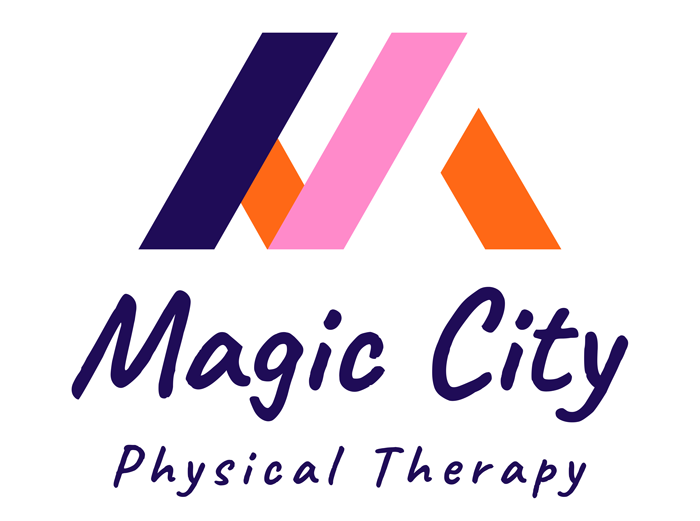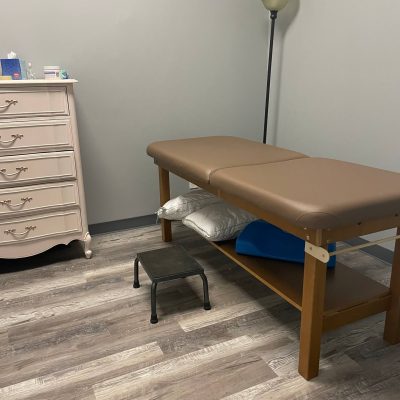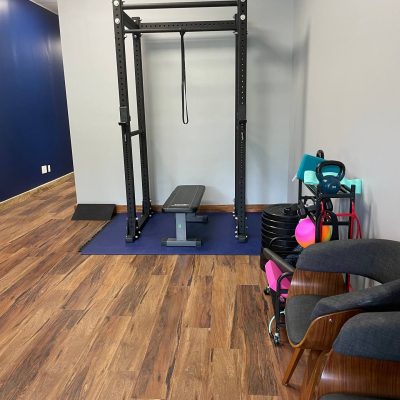Rectal prolapse is a condition that can be both physically and emotionally challenging for those who experience it. As a pelvic floor therapist, I often meet individuals who are uncertain about what’s happening to their bodies and unsure of where to turn for help. My goal in this post is to demystify rectal prolapse, shed light on its causes and symptoms, and provide insights into how pelvic floor therapy can play a crucial role in managing this condition.
What is Rectal Prolapse?
Rectal prolapse occurs when the rectum, the final part of the large intestine, slips down and protrudes through the anus. This can happen to varying degrees. For some, the prolapse may only occur during bowel movements, while for others, it may be more persistent and visible even when sitting or standing.
Although it can affect people of all ages, rectal prolapse is most commonly seen in older adults and women who have had multiple pregnancies. However, it’s essential to remember that this condition is not exclusive to any one group and can occur for a variety of reasons.
Common Causes and Risk Factors
Several factors can contribute to the development of rectal prolapse. These include:
- Chronic Straining: Prolonged constipation or diarrhea can place excessive pressure on the pelvic floor and rectum, increasing the risk of prolapse.
- Weak Pelvic Floor Muscles: Pregnancy, childbirth, aging, and certain medical conditions can weaken the muscles that support the rectum.
- Neurological Conditions: Disorders that affect the nerves controlling the pelvic floor muscles, such as spinal cord injuries or multiple sclerosis, may also contribute.
- Previous Surgeries: A history of pelvic or abdominal surgeries can sometimes alter the anatomy or functionality of the pelvic floor.
- Connective Tissue Disorders: Conditions like Ehlers-Danlos syndrome, which affect the elasticity of connective tissues, may increase susceptibility.
Recognizing the Symptoms
Understanding the symptoms of rectal prolapse is an important first step in seeking help. Common signs include:
- A feeling of a bulge or protrusion from the anus, especially during bowel movements.
- Discomfort or pain in the rectal area.
- Difficulty with bowel movements or a sensation of incomplete evacuation.
- Fecal incontinence or leakage.
- Bleeding or mucus discharge from the anus.
If you’re experiencing any of these symptoms, it’s important to consult a healthcare professional for an accurate diagnosis.
How Can Pelvic Floor Therapy Help?
As a pelvic floor therapist, I’m a firm believer in the power of conservative treatments to improve quality of life for those with rectal prolapse. While more severe cases may require surgical intervention, pelvic floor therapy can be a vital part of both pre-surgical preparation and post-surgical recovery. For those with mild to moderate prolapse, therapy can often help manage symptoms and prevent progression.
Here’s what you can expect in a pelvic floor therapy program:
- Comprehensive Assessment: We begin with a thorough evaluation to understand your specific symptoms, pelvic floor strength, and overall function. This may involve a combination of verbal discussion, physical examination, and functional assessments.
- Education: Understanding your condition is empowering. I’ll explain how the pelvic floor muscles work, what may have contributed to your prolapse, and how we can work together to improve your symptoms.
- Pelvic Floor Exercises: Tailored exercises, like Kegels or reverse Kegels, can strengthen or relax the pelvic floor muscles as needed. The key is performing these exercises correctly, and that’s where guided therapy sessions come in.
- Biofeedback and Electrical Stimulation: These tools can provide real-time feedback on muscle activity or stimulate the pelvic floor muscles to improve strength and coordination.
- Behavioral Modifications: Simple changes, such as adopting proper toileting techniques, managing constipation, or modifying physical activities, can significantly reduce strain on the pelvic floor.
- Lifestyle Guidance: We’ll discuss diet, hydration, and other lifestyle factors that impact bowel health and pelvic floor function.
Beyond Physical Therapy
Managing rectal prolapse often requires a multidisciplinary approach. Collaboration with gastroenterologists, surgeons, and other specialists ensures comprehensive care. In some cases, surgical repair may be recommended, but pelvic floor therapy remains an essential component of holistic treatment.
Seeking Support
Rectal prolapse can be a sensitive topic, and many individuals hesitate to seek help due to embarrassment or stigma. My message to you is this: you are not alone, and there is no shame in addressing your health concerns. The sooner you seek guidance, the sooner you can begin the journey toward relief and recovery.
As a pelvic floor therapist, I’m here to provide compassionate, nonjudgmental support. If you’re experiencing symptoms of rectal prolapse or have concerns about your pelvic health, don’t hesitate to reach out to a qualified healthcare professional. Together, we can create a plan to help you regain comfort and confidence in your daily life.
Final Thoughts
Rectal prolapse may be an intimidating diagnosis, but with the right information and support, it’s a condition that can be managed effectively. Pelvic floor therapy offers a pathway to improved function, reduced symptoms, and a better quality of life. Remember, your health is worth prioritizing, and help is always available.







